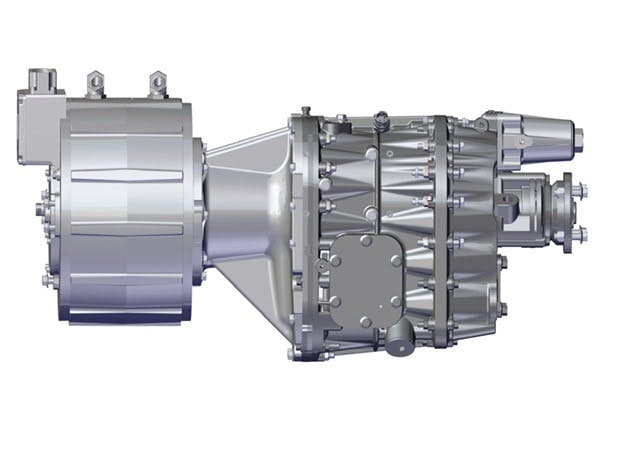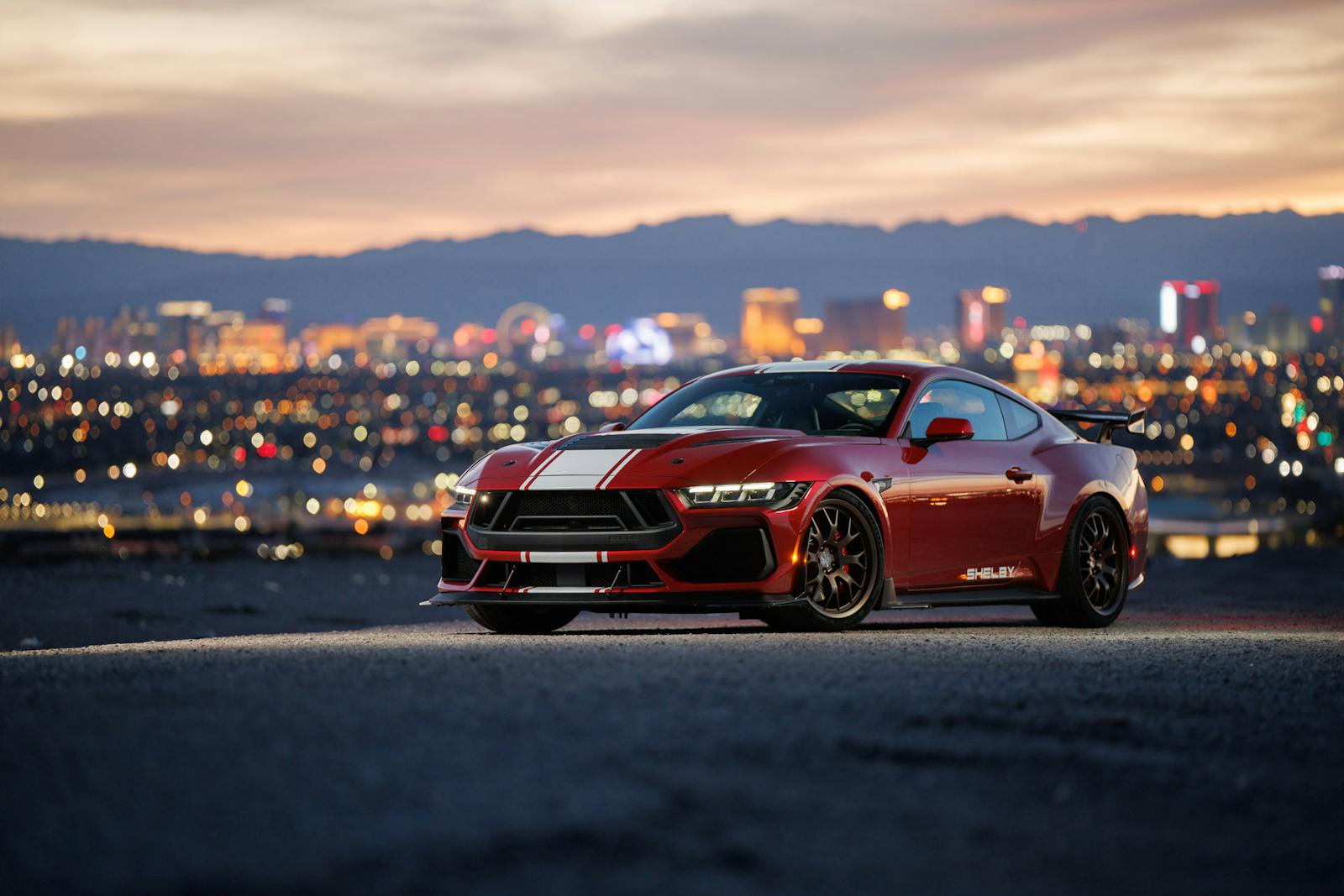Maryland county’s $1M investment in EV school buses may be a brilliant move
For everyone who’s had the blessing of riding in a school bus, those 45-foot steel tubes are synonymous with early mornings and the ever-present cacophony after school as the fleet rolls out. As EV powertrains become more practical, school buses have become an all-too-obvious choice for electrification. An electric motor has more than enough torque to handle the payload; the long-wheelbase, ladder-framed chassis have plenty of real-estate for batteries underneath the body; and removing combusted emissions from school yards can only benefit our youth and the environment. Companies like Thomas Built and ProTerra agree, and they’ve secured a deal with Maryland’s Montgomery County Public Schools for 326 buses, the largest order ever placed for a single fleet in the segment.
Jack R. Smith, superintendent of schools for MCPS, stated in the district’s resolution that, “on a typical school day, MCPS buses use approximately 17,000 gallons of diesel fuel.” Over time, federal standards have significantly lowered the amount of greenhouse gases and particulate matter emitted by the buses’ diesel powerplants, but there’s still room for improvement he stated.
Fuel cost is the area in which MCPS expects to recoup much of its initial $1,312,500 investment into the construction of Thomas’ Saf-T-Liner C2 Jouley. Expected costs over the lifetime of the fleet will total $168,684,990. Within his resolution, Superintendent Smith mentioned that the “contract also provides for the potential future generation of electricity with solar or other renewable methods and micro-grid development at bus depots, with the possibility of contract extensions through the completion of fleet electrification.”

Taking into account Maryland’s 180-day school year, and 17,000 gallons of fuel burned at a national average of roughly $3 per gallon of diesel, you’re looking at an annual fuel budget over $9,000,000. That figure makes a compelling argument for MCPS’ initial $1,312,500 spend—and how often are school busses an asset to energy production? HET MCPS, LLC, a wholly owned subsidiary created by Highland Electric Transportation, Inc., will handle the infrastructure and fleet management for the district. Highland Electric, a private company, will focus on engineering practical build-outs for EV school buses and act as a fleet-management contractor for maintenance and charging.
Each bus will start with a Freightliner chassis, which Thomas Built will then outfit with the familiar bus body. Power comes courtesy of ProTerra’s 220-kW motor and two-speed transmission, a driveline developed specifically for the transit industry. Thomas Built and ProTerra promise a 0–60 time of 45 seconds with a 65-mph top speed and a 135-mile range, which satisfies the average school district’s route of 31.73 miles, based on this study from the National Renewable Energy Laboratory. With a 60-kW DC charger, the Saf-T-Liner C2 Jouley bus should be able to recharge itself in 2–3 hours. MCPS will start with a slow rollout—one bus for each region—but will quickly ramp up production by year three, when it expects to complete half the total bus batch.
While I may have this sense of romanticism of listening to the turbo of a Cummins-powered banana chariots sing through the hills on the way to class, school buses are a picture-perfect use-case for electric drivetrains. Buses’ stop-and-go routes typically result in mid-single-digit fuel economy (in contrast, the Jouley promises 22 mpgE), and while the use of DEF-based emissions systems have helped to clean up diesel fleets, the associated costs and downtime with selective catalyst reduction systems are highly inconvenient for fleet managers. Modern diesel buses must periodically enter a super-high state of EGTs while parked to burn off collected particulates, a process which also consumes DEF fluid—yet another expense. With a massively simplified EV driveline, fleet managers hope for significant financial savings and reduced downtime. It goes without saying that school yards will benefit from the cleaner air and reduced noise.
EV powertrains are also a major plus for bus drivers and supervisors, who are otherwise subject to the concentrated emissions of dozens of other buses idling along during load-in. As one friend put it, who has been driving schoolies for decades: “I try my best to always be the first one in line. We go bumper-to-bumper to keep students from crossing between. Everyone caught behind someone gets all the fumes sucked in [to the cabin of the bus] because of the radiator fans. The dog house is FAR from air-tight.”
Is an electrified school-bus fleet a win-win situation for districts and residents? We’ll have to check back in with Maryland in a few short years, but the program is promising.


